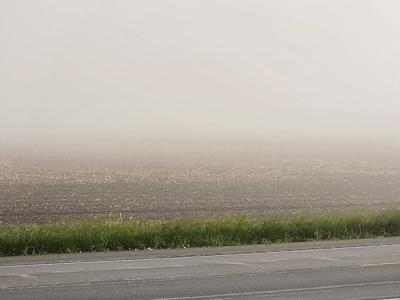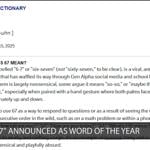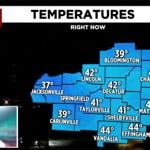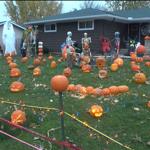(WAND) - Two years after a dust storm led to a deadly pileup on Interstate 55 south of Springfield, researchers from the University of Illinois are sharing updates from their ongoing analysis of the incident, including surprising findings about the impact of landscape features on the movement of dust.
In November 2023, the U.S. Department of Agriculture selected a team of researchers from the University of Illinois, Cornell University and Texas A&M to determine factors that led to the dust storm and pileup in hopes of preventing similar disasters in the future.
On April 10, the team shared some of their findings so far through the University of Illinois’ farmdoc project.
“The bottom line is bare soil,” reads the article’s conclusion. “It is always the most critical component for any dust storm.”
The presence of bare soil at the time of the storm combined with unique weather conditions, which included dry days that turned colder later in April, said Professor Jonathan Coppess in an interview with WAND’s Agribusiness Today.
“We’ve known for a long time that bare soils are vulnerable, but we never know exactly when, where and how those conditions are going to contribute to it,” Coppess said. “A 45-mile-per-hour wind coming out of the southeast instead of the northwest would have been a different scenario.”
The team also found that, based on modeling, an area of trees on the east side of the highway may have led to a higher concentration of the soil particles on part of the highway.
“I’m still struck in the research by how what would normally be a valuable wind break, that clump of trees on the east side of the highway, in the right conditions, which you cannot know in advance ... actually looks like it concentrated dust right there in a tragic way,” Coppess said. “Look, we can’t move windbreaks. We can’t predict when and where, but it could be a situation in which we concentrated conservation investment in areas that may appear to have this kind of vulnerability.”
The April report pointed to a lack of funding for soil conservation efforts in Illinois that could address the problem of bare soil.
“What we’ve seen for quite a while with most of the conservation practices, which is a lack of investment in Illinois, that particularly the Environmental Quality Incentives Program, for a state with our size and acreage footprint under production, we do not see a proportional part of that conservation dollar coming in here,” Coppess said.
Copyright 2025 WAND TV. All rights reserved.











